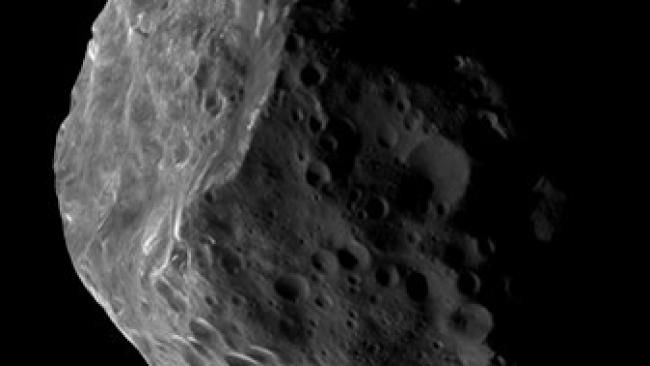Giant comets could pose danger to life on Earth

The discovery of hundreds of giant comets in the outer solar system over the last two decades means that these objects pose a much greater hazard to life than asteroids.
A team of astronomers from Armagh Observatory and the University of Buckingham reports that the discovery of hundreds of giant comets in the outer solar system over the last two decades means that these objects pose a much greater hazard to life than asteroids. The team, made up of Bill Napier and Duncan Steel of the University of Buckingham, Mark Bailey of Armagh Observatory, and David Asher, also of Armagh, published their review of recent research.
The giant comets, termed Centaurs, move on unstable orbits crossing the paths of the massive outer planets Jupiter, Saturn, Uranus, and Neptune. The planetary gravitational fields can occasionally deflect these objects in towards Earth.
The researchers have also uncovered evidence from disparate fields of science in support of their model. For example, the ages of the submillimeter craters identified in lunar rocks returned in the Apollo program are almost all younger than 30,000 years, indicating a vast enhancement in the amount of dust in the inner solar system since then.
Wed 23 Dec 2015 at 11:29